Odds are good you know what micro-trash is even if you haven’t yet read the official definition. You know what it is, just like I do, because we’ve seen it on trails, in campsites, washing ashore on beaches, and littering parking lots and the sides of highways all over the country.
Essentially, micro-trash refers to any small piece of trash in the environment that is dangerous to wildlife when ingested. (To clarify: All micro-trash is dangerous to wildlife when ingested.)
Micro-trash is anything from cigarette butts and gum wrappers to (beer and single-use plastic water) bottle caps, bullet casings and shattered clay targets, the edges of candy wrappers, tiny fruit labels, chunks of styrofoam, broken glass, and/or various other discarded pieces of packaging and related plastic.
Have you ever been hiking or running trails and stumbled upon a cigarette butt, a rogue piece of snack wrapper, or the tab of an energy gel container? That’s micro-trash, and while it’s often discarded unintentionally, it can still do a lot of damage if it isn’t promptly removed and properly discarded.
It’s anything small found in the natural environment that shouldn’t be there—tiny debris causing big, negative impacts, and unfortunately, it’s everywhere.
- Here’s a rather sobering map showing where micro-plastics (yet another incarnation of micro-trash) are found throughout the world, and in what density.
- A 2015 study estimated that there is more than 5.25 TRILLION pieces of plastic trash floating in the ocean, and that number has only grown since then.
- According to the Sea Turtle Conservancy, over 100-million marine mammals die every year due to plastic debris in the ocean.
- Micro-trash is a primary threat to California Condors, a species already been on the brink of extinction once, and still engaged in an ongoing fight for survival.
Micro-trash can be left behind by anyone, anywhere, and it often is, but that doesn’t have to be the end of the story. In fact, if we care about our wild places and the various living creatures that inhabit them, it definitely won’t be.
What can we do to minimize the damaging effects of micro-trash?
- Every time you go outside, pick some of it up and discard it properly. What a huge impact we could each have if every time we walked anywhere, we picked up any micro-trash we saw!
- Be mindful of single-use plastics. Think about where and how you can forego single-use plastic containers for reusable ones, ditch single-use straws if they’re not medically necessary for you to use, and stop buying single-use/throwaway plastic water bottles. (Most reusable water bottles cost somewhere around $10, and can be refilled for years, if not decades. As an awesome bonus, they make really practical and thoughtful gifts.)
- Ditch plastic bags (which quickly and often become micro-trash due to how easily they tear and how quickly they can be caught by the wind) for reusable options when you’re doing any kind of grocery, farmers market, or gift shopping. Did you know plastic bags are petroleum-based and do not biodegrade? Somewhere between 8-10% of our total oil supply goes toward making plastic.
- Encourage your friends and family to switch to more reusable, responsible, and sustainable options when it comes to water bottles, hiking snacks, and camping food.
- Sign up for a local micro-trash cleanup, or start your own! If you’re a resident of California, or will be visiting the state at any point, go here to sign up help save the California Condor by joining a micro-trash cleanup in Los Padres National Forest.
- Check your household and beauty products against this list to see if any of it contains harmful plastic micro-beads, which end up in our waterways and oceans, where they are then ingested by fish, birds, and larger ocean mammals.
- Don’t release helium (or any kind of) balloons into the air. It may look Insta-worthy for a second, but what goes up must come down, and often that micro-trash ends up in the ocean or other major waterways, where it’s ingested by sea turtles, birds, and all manner of wildlife.
Read more about marine debris and its effects on our ocean and related ecosystems, and join a local beach cleanup!
Narrator: This blog was thoughtfully written by Kerri Anne Stebbins. You can find her on Instagram @kerri_anne.

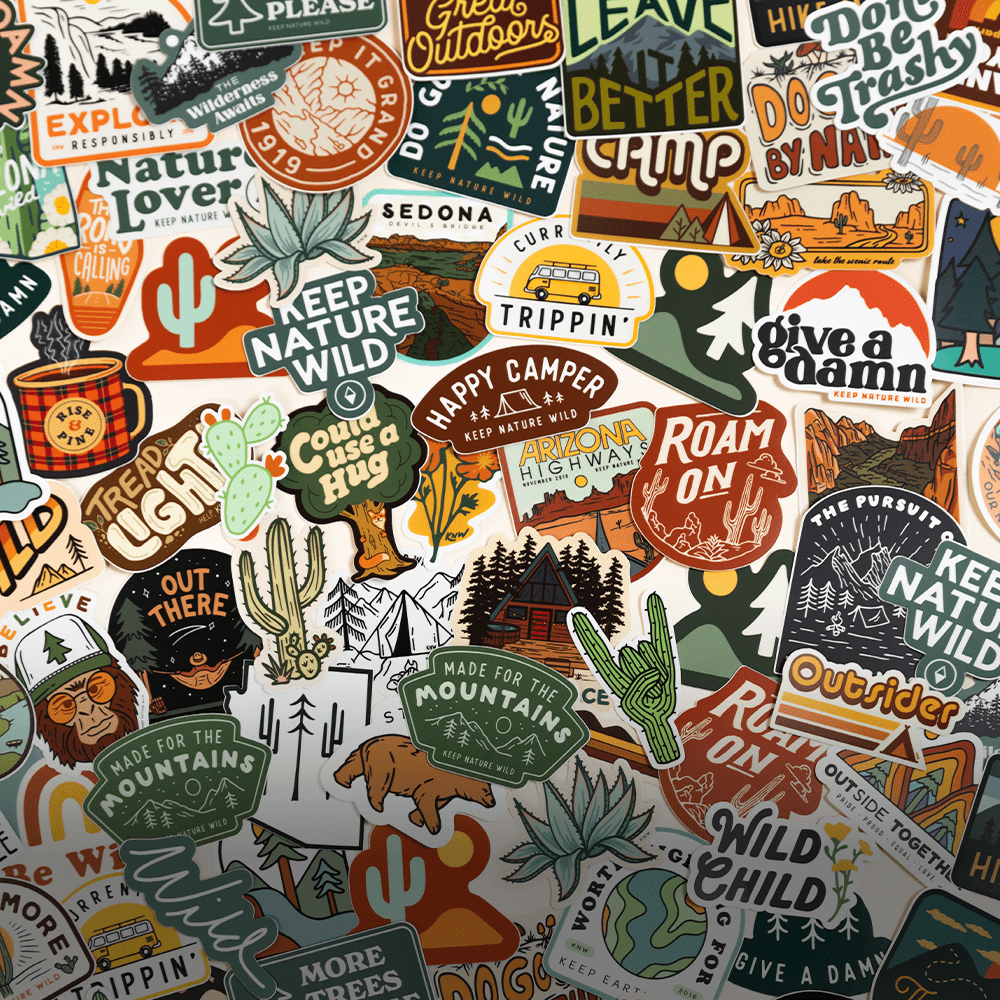
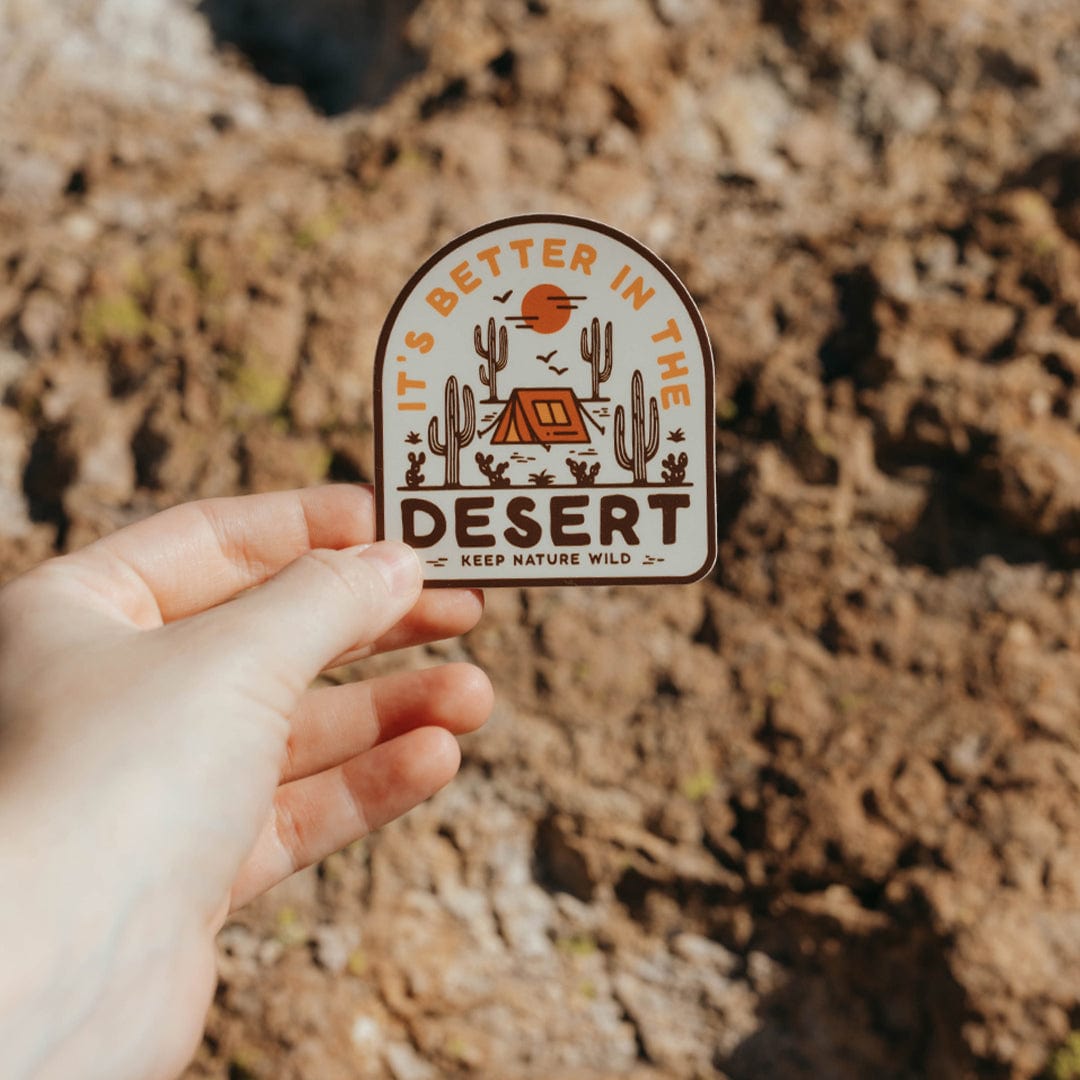
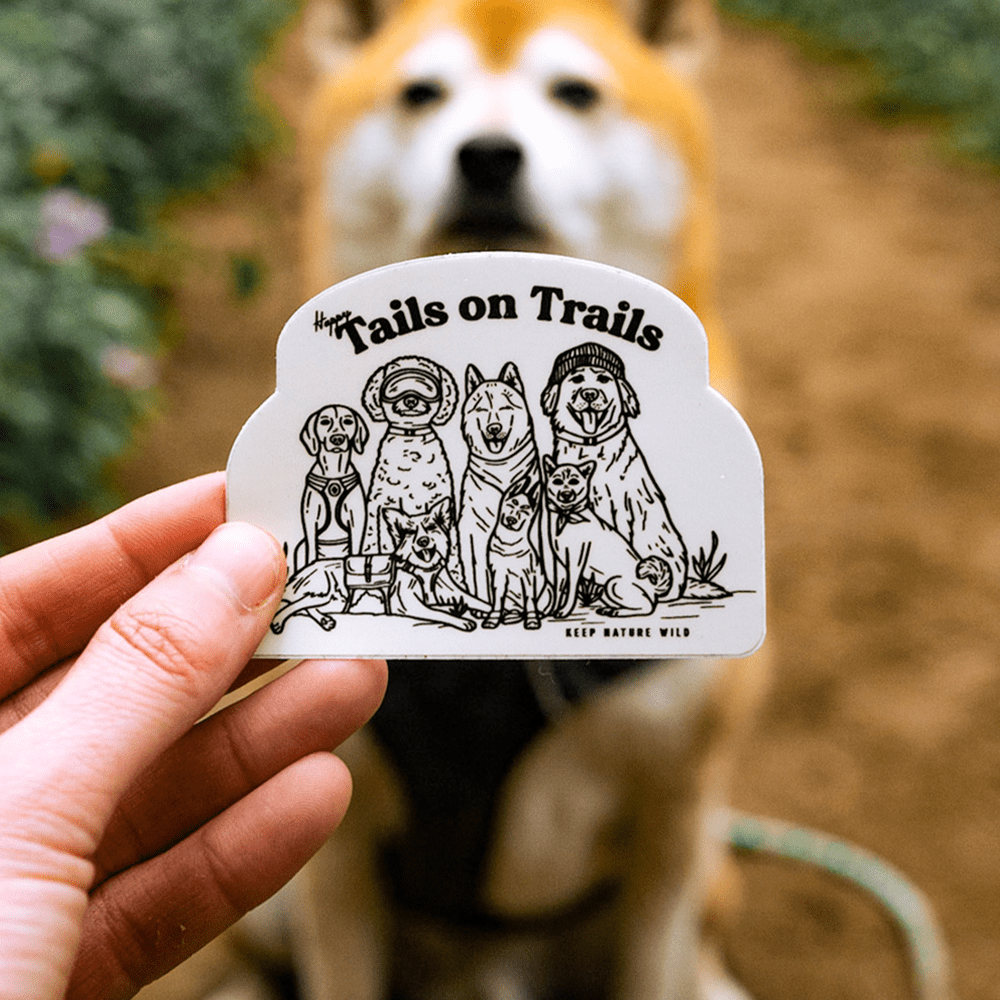
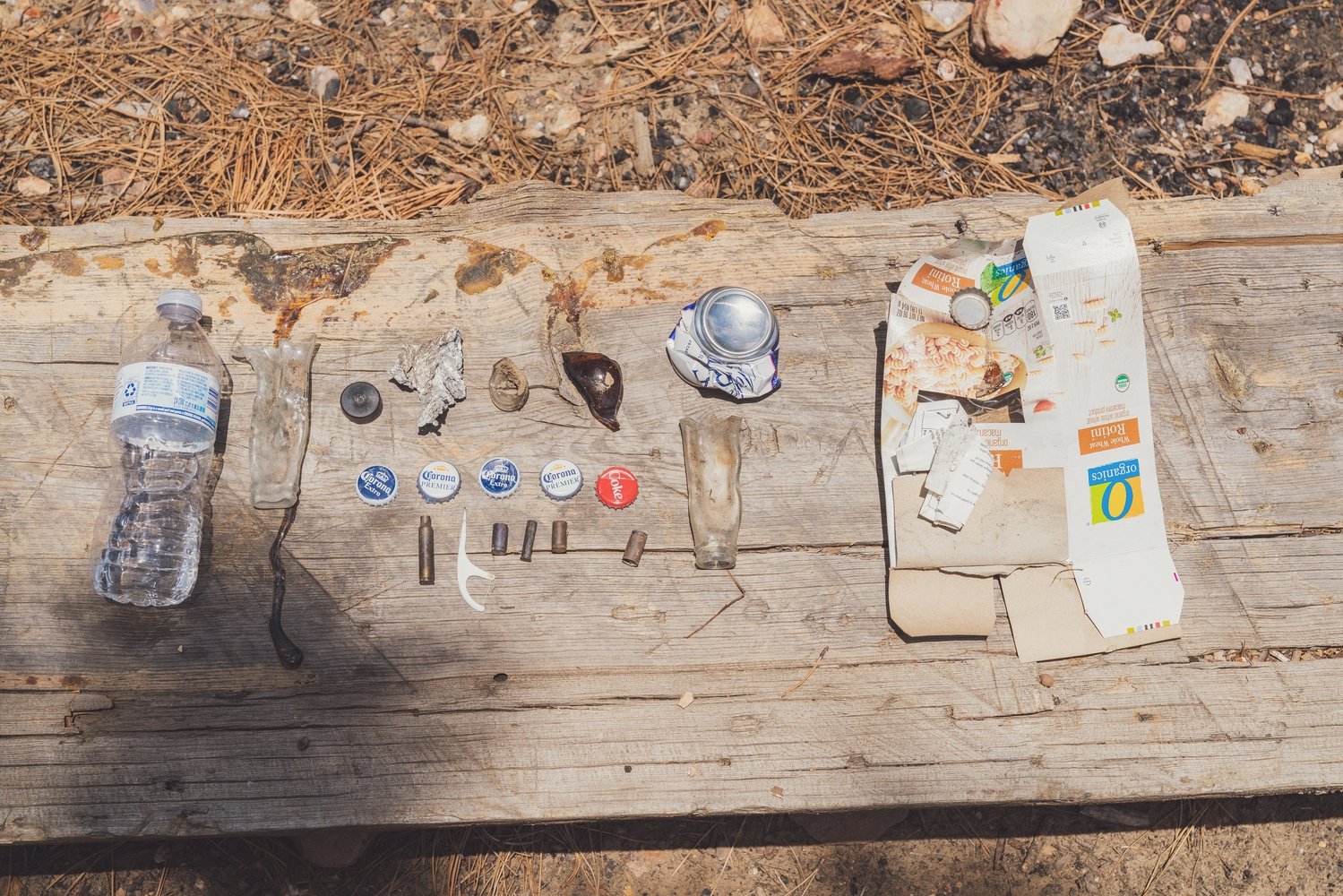



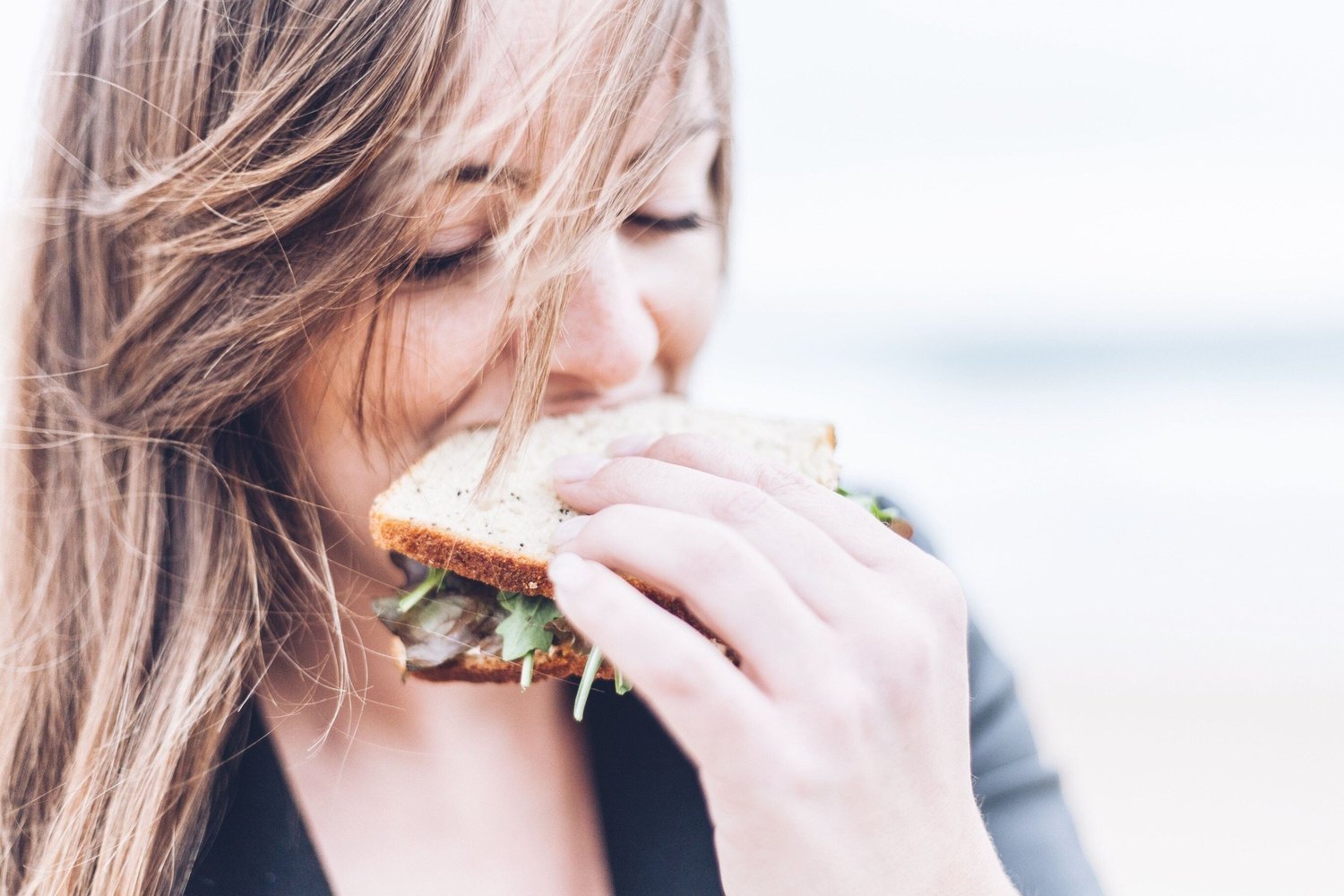
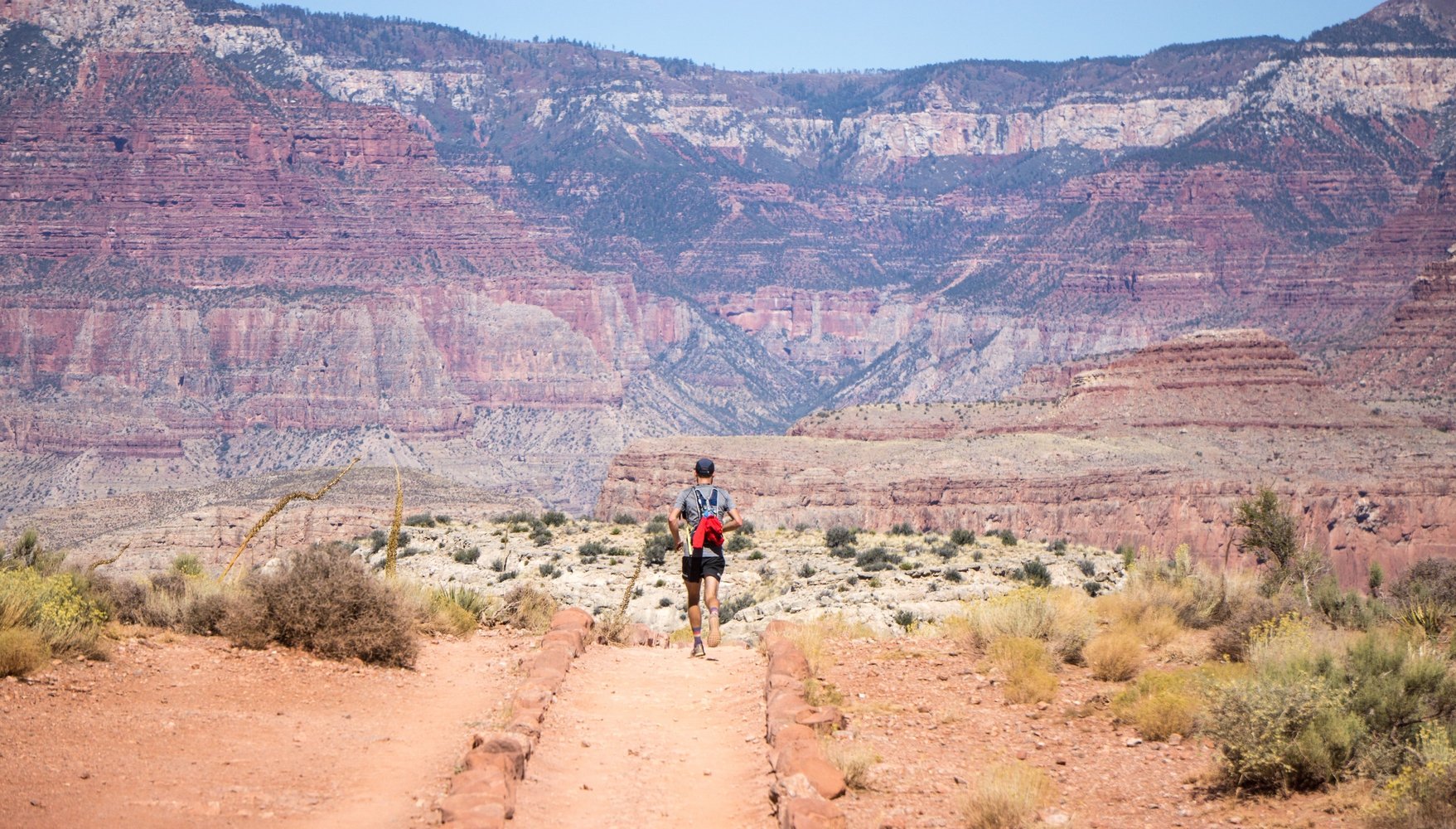
Leave a comment
All comments are moderated before being published.
This site is protected by hCaptcha and the hCaptcha Privacy Policy and Terms of Service apply.